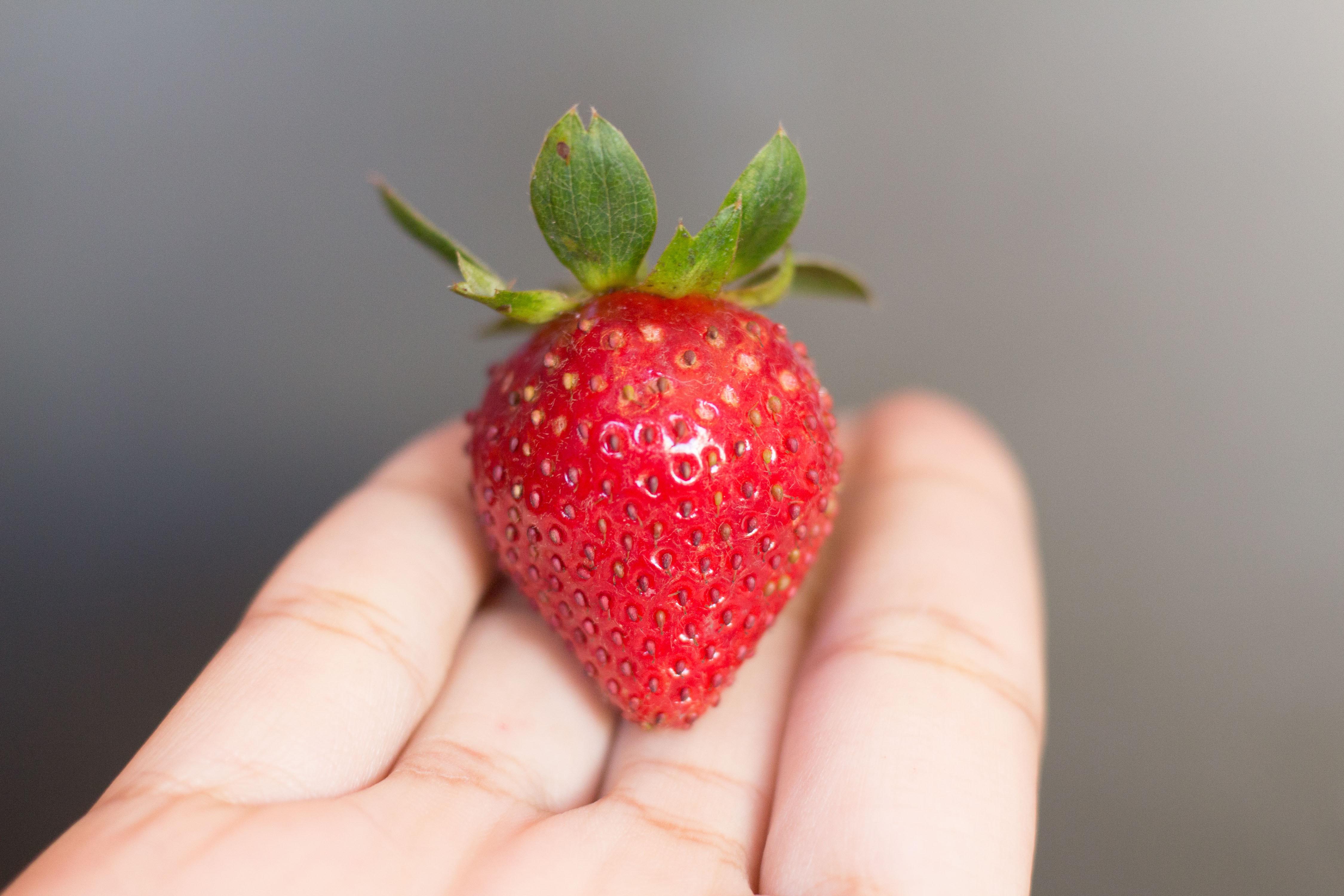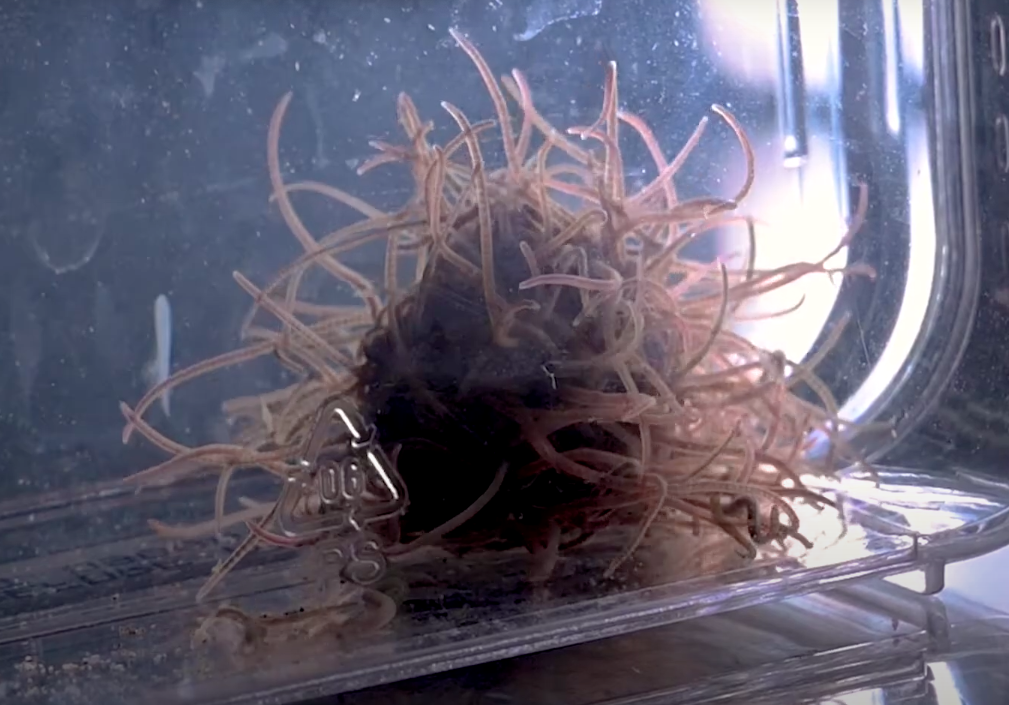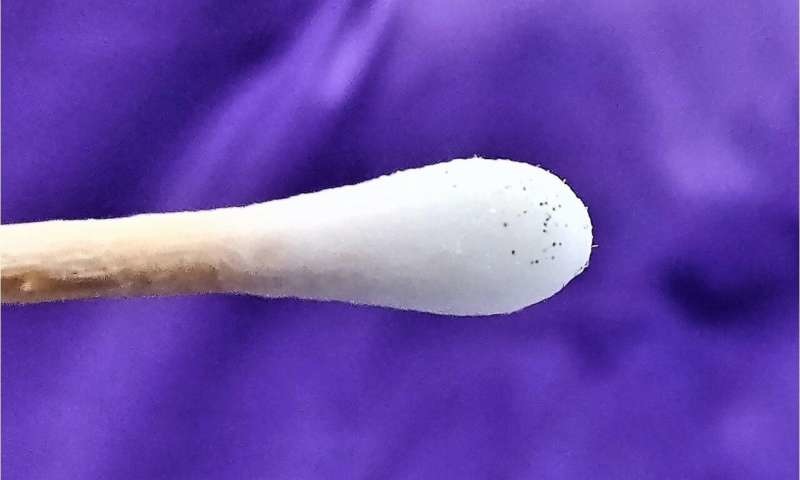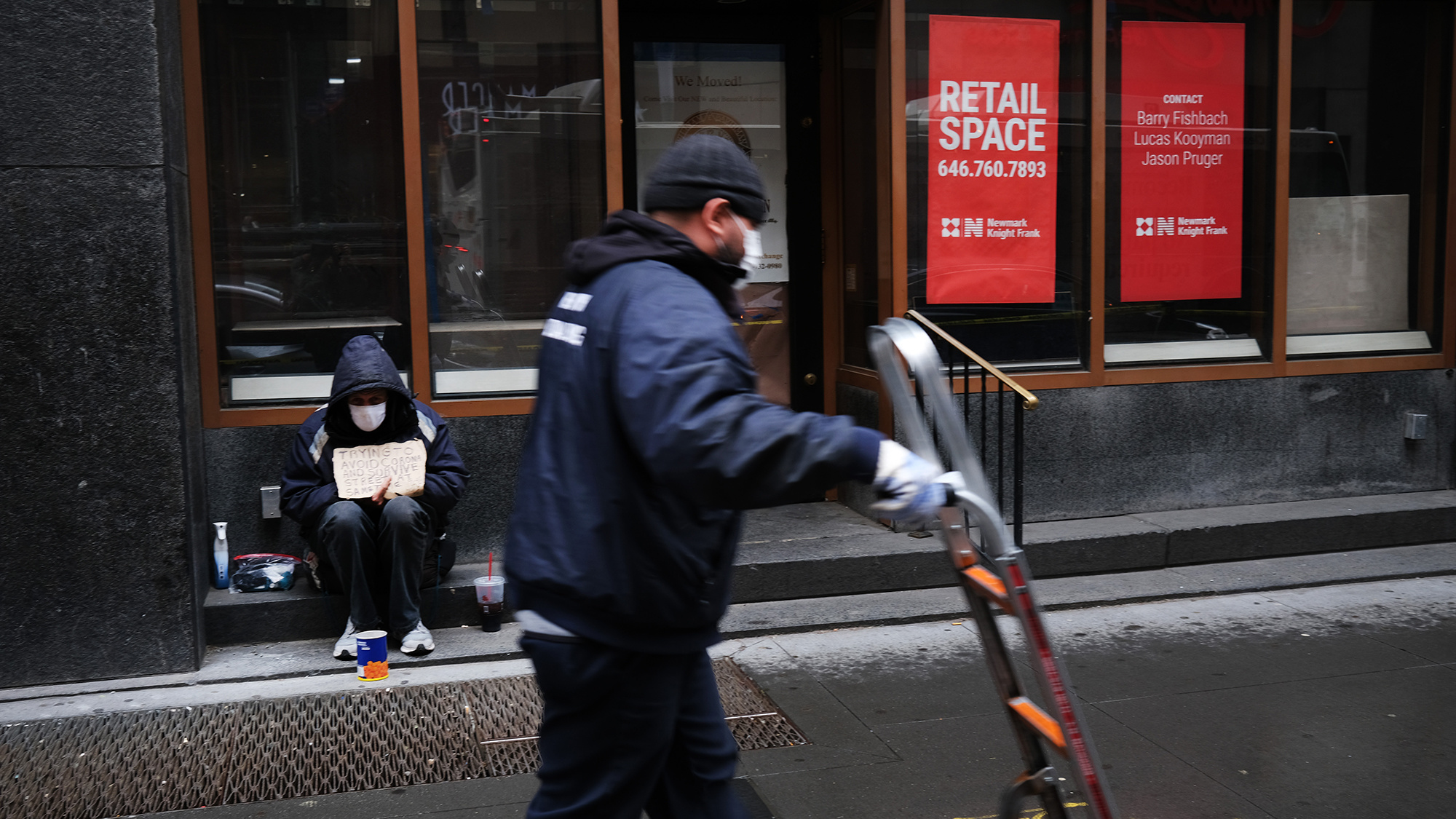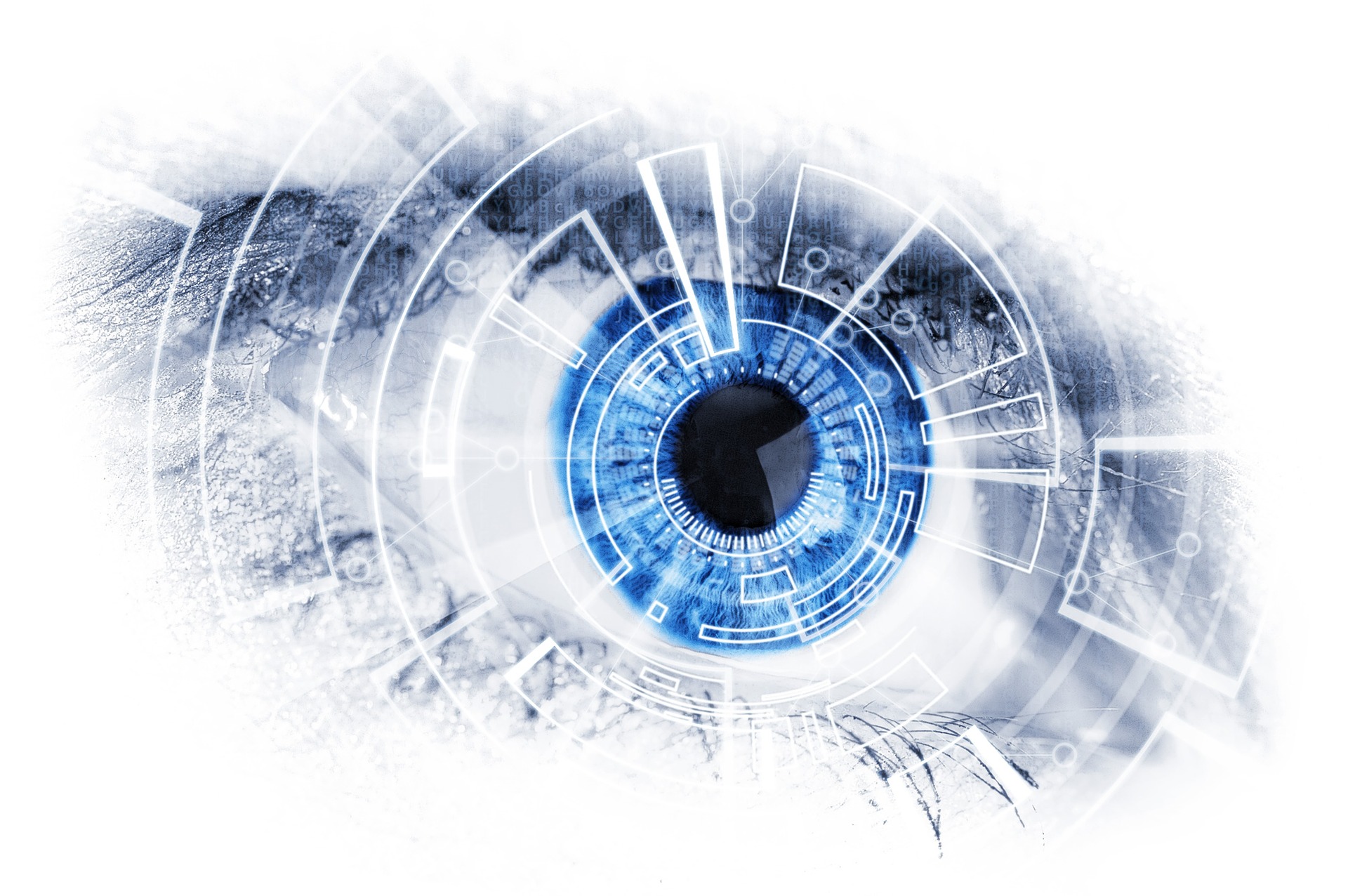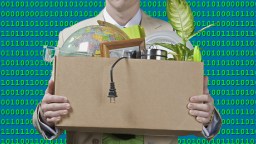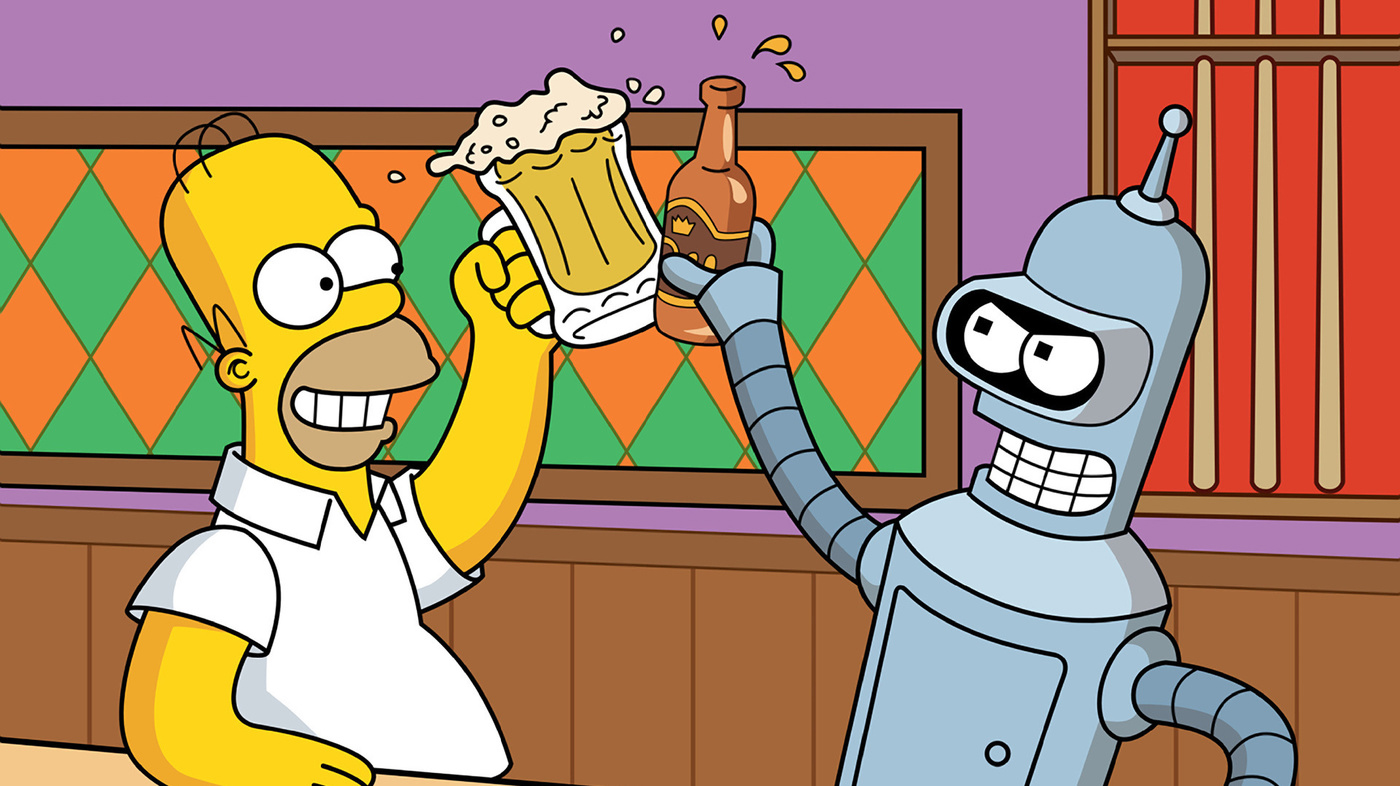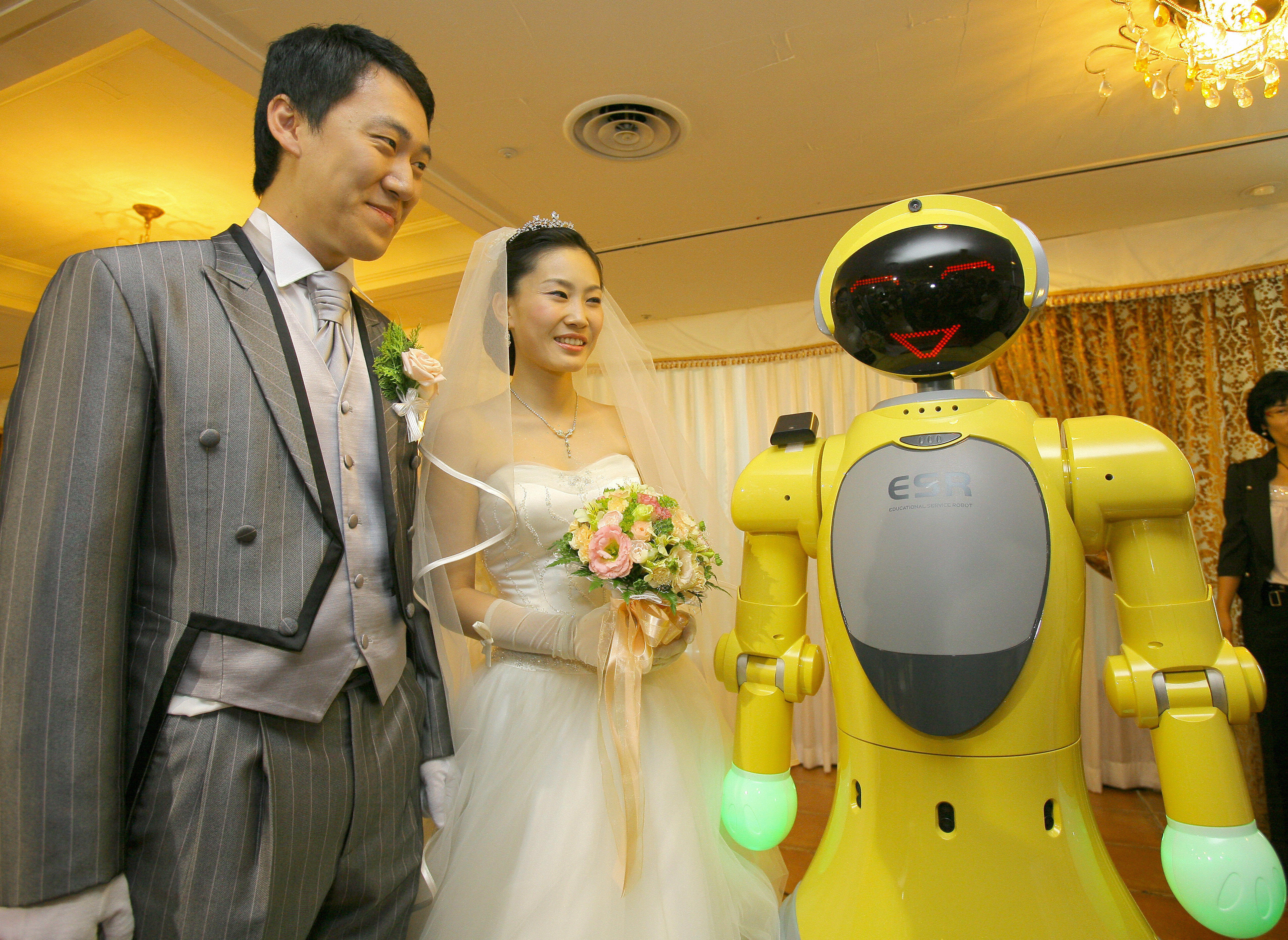robot
Do they really need the human touch?
Robot developers adapt the behavior of worm “blobs”.
The new tool may someday be used in work that needs a light touch.
Researchers design microdevices that can gradually deliver medicine by latching on to intestines.
The pandemic has given us an early glimpse at how truly disruptive the fourth industrial revolution may be, and the measures we’ll need to support human dignity.
UC Berkeley researchers create a robot that learns by playing and can predict the future of its actions.
Here’s why coding skills alone won’t save you from job automation.
▸
7 min
—
with
It’s not just for the lols. If you’re up for some soul-searching, they need you to contribute to this MIT research survey…
Author and robot expert Dr. David Levy explains how marriage with robots will come in the next several decades as technological and societal transformations take place.
